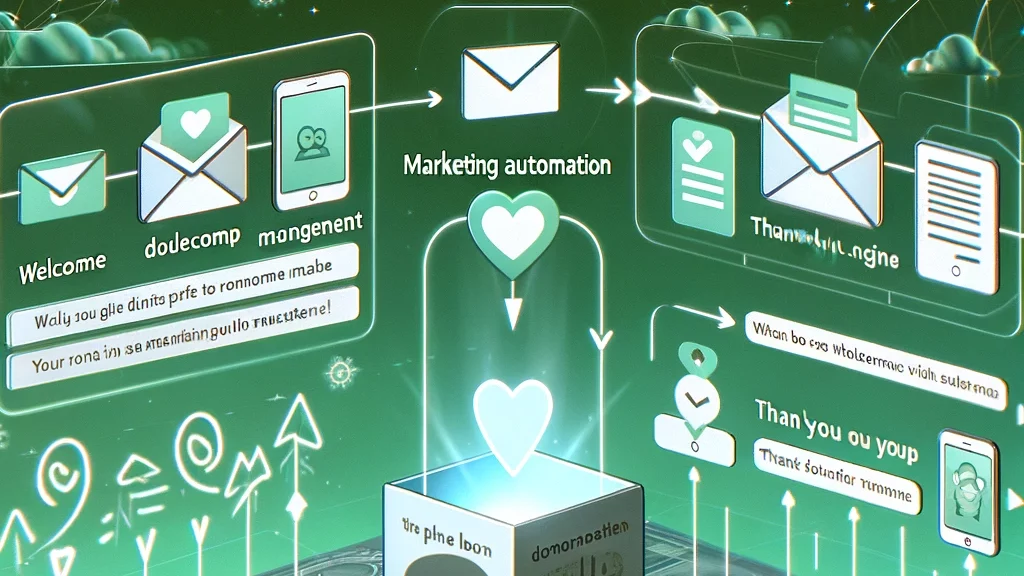What is a Payment Service Provider (PSP)
The Payment Service Provider (German: “Zahlungsdienstleister”) is the company that integrates payment methods (e.g., PayPal, credit card, Amazon Pay…) from third parties – for example, in an online shop or a donation form. The PSP also takes care of the security of payments and fraud prevention. So, when talking about a PSP, it refers to the company that provides you with the payment methods.
In FundraisingBox, many payment methods from different providers are available, so for our customers, we are the PSP. Naturally, we take care of the maintenance and management of the interfaces to these payment methods. Users of FundraisingBox only need to create an account with the desired providers once and then do nothing more.
E-Payment Options
Donations via E-Wallet / Digital Wallet / Cyber Wallet
These payment methods include, for example, PayPal, Apple Pay, and Google Pay. Since the latter two are primarily (though not exclusively) used on mobile devices, they are also referred to as “Mobile Payments.” They basically work like a wallet. With PayPal, you register with your email address and a password, and you can link a credit card or a bank account, which is then charged via direct debit. For the actual payment, you only need the login details of your account. The transaction is then handled in the background, so donors do not need to take any further actions. Here you can read how to open a PayPal account for your non-profit and link it to FundraisingBox.
With Apple Pay and Google Pay, the payment process is very simple: After entering their details in the donation form, the donor selects one of these Mobile Payments and confirms the transaction with a tap on the phone and a second authentication factor (e.g., fingerprint).
A major advantage of this payment method: The donation lands relatively quickly in your organization’s account, and the payment process is very convenient for donors. For automatic and secure processing, payment service providers charge a transaction fee.
Donations via Direct Debit
The classic direct debit is still one of the most popular payment methods among donors. Only the account holder and the IBAN need to be provided; the BIC is no longer required within the EU. Then, as a non-profit, you need to take care of the SEPA-compliant collection: A SEPA Pre-Notification is needed, which is a message to the donor informing them that their donation will be debited on a specific date. A SEPA mandate must also be created and archived, which can be done quickly and easily in FundraisingBox. The organization can then debit the donation, for example, via online banking or bank software.
This process is much easier with automated direct debit procedures. FundraisingBox customers have access to the “Wikando Direct Debit.” Here, we automate the submission to the bank. The idea is that the donation lands in the non-profit’s account without any further action. Through automatic, personalized emails, all SEPA requirements can be easily and conveniently met. Here you can find an overview of the direct debit types in FundraisingBox.
Direct debits can be received both online and offline (e.g., via a paper form at a benefit event or as an insert in a mailing). Different processes often arise in practice, leading to data silos. Additionally, donors are used to direct debit donations being collected quickly. To ensure your direct debit donations online and offline involve as little work as possible, do not cause data chaos, and quickly land in the organization’s account, you should consider switching to a (semi-)automated procedure – e.g., with FundraisingBox.
Donations via Instant Transfer
To use this payment method, donors only need a bank account with online banking. During the payment process, the donor enters their online banking login details and confirms the transaction with a TAN, which is usually sent to their phone. The provider – e.g., Klarna – then conducts the transfer on behalf of the donor and simultaneously informs the recipient about the transaction.
To use Klarna in your donation forms, an account with Klarna is required. This is currently free for non-profits. Here we describe how to open a Klarna account and link it to your FundraisingBox: Open Klarna Account and Link with FundraisingBox.
Donations via Direct Transfer
It also counts as e-payment when donors use your IBAN to transfer directly to your donation account via their online banking. However, non-profits often face the problem that these donations only appear on the bank statement and not in the database/CRM. The consequence: These donations must be manually imported or even completely entered by hand. This takes time and is usually not much fun.
In FundraisingBox, we have created a solution for this problem: Bank Sync. By linking your bank account with your FundraisingBox, these donations flow automatically into your CRM after a brief manual confirmation.
Donations via Credit Card
If a donor selects a credit card as the payment method, an interface to the bank that issued the card is established during the payment process. The donor then authorizes the payment by entering the credit card details and a second authentication method – e.g., an additional SMS code. The bank then approves the payment, and the organization receives the donation with a slight delay in their account.
To receive donations via credit card, an organization needs an account with a corresponding payment service provider. In the case of FundraisingBox, this is, for example, Stripe. Here we describe how to open a Stripe account and link it to FundraisingBox.
Donations via Amazon Pay
Amazon Pay is also a very convenient payment method. Amazon customers already have their payment information stored in their customer account, meaning they do not need to enter any additional information for the donation. Donations via voice command to Amazon Alexa are also possible. Unfortunately, Amazon Pay is not yet available for all non-profits, but some of our FundraisingBox customers can already use it. It is therefore assumed that Amazon will soon make this payment method available for all non-profit organizations in Europe.
Single and Recurring Donations
A single donation can be made with any payment method, while recurring donations are currently only possible with certain payment methods: unrestricted by direct debit and credit card, and under certain conditions by Amazon Pay and PayPal. Since credit cards have an expiration date, the donor must be contacted before the card expires and asked to renew their donation. In FundraisingBox, there is another practical alternative: Credit card details are automatically updated.
In our experience, many non-profits struggle to process recurring donations via payment methods other than direct debit. This is due, for example, to the lack of process structures or working programs that are not designed for it. Recurring donations, however, are an enormously important and stable source of income for organizations. It is also a matter of professionalism to be able to offer recurring donations via different payment methods. FundraisingBox is a reliable partner in this regard.











